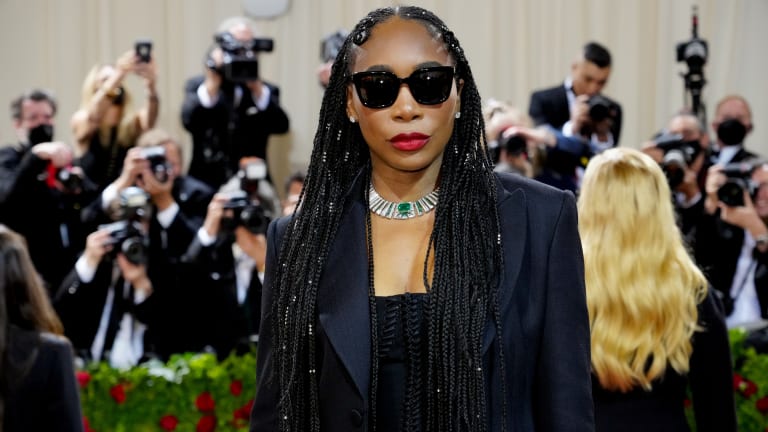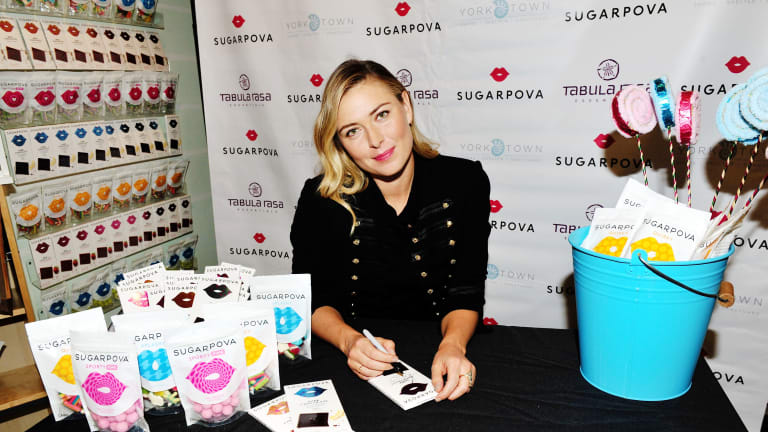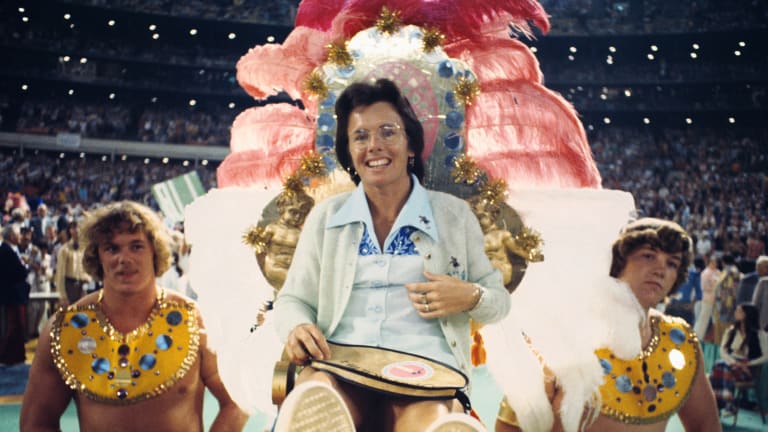Chapter 10: From Venus and Serena to Naomi and Maria, the WTA's crossover icons are on a first-name basis
By Nov 07, 2023As the 50th year of the WTA Tour comes to an end, a look ahead to its next fifty
By Dec 31, 2023A spirit of activism has always been a part of the WTA tour
By Dec 11, 2023Approaching 80, Billie Jean King is still globetrotting for investment in women’s sports
By Oct 12, 2023Serena vs. BJK, Evert vs. Barty, Graf vs. Sharapova: Across 50 years, imagine these match-ups between WTA greats
By Oct 06, 2023The Room Where It Happened: WTA Tour marks 50 years, backwards and forwards
By Aug 26, 2023Chapter 8: The WTA tour's global reach extends to nations and athletes everywhere
By Aug 25, 2023Chapter 7: 50 years after the WTA was created, its future is now—and never-ending
By Jul 15, 2023Chapter 6: Austin, Graf, Sharapova and Raducanu exemplify the WTA's capacity for teenage stars
By Jun 21, 2023Chapter 5: Venus and Serena Williams are perhaps the greatest story in the history of sports
By Jun 03, 2023Chapter 10: From Venus and Serena to Naomi and Maria, the WTA's crossover icons are on a first-name basis
Tennis Channel's year-long celebration of the WTA Tour's 50th anniversary, brought to you by Intuit Quickbooks.
Published Nov 07, 2023
Advertising

American icons such as Evert and the Williams sisters are only part of the story. WTA players from all corners of the globe have made major commercial splashes.
Advertising

Venus Williams at the Met Gala, a high-profile event that Serena and Naomi have attended as well.
© Jeff Kravitz
Advertising

Maria Sharapova's "Sugarpova" candy was a commerical hit in the mid-2010s.
© 2016 WireImage
Advertising

Game, Set, Recharge
How Tsitsipas, Osaka and other pros embrace the weekly grind.
Advertising

Billie Jean King, in a green and blue dress that included sequins and rhinestones, was brought to the court like Cleopatra on an Egyptian litter, adorned with red and orange feathers.
© Bettmann Archive